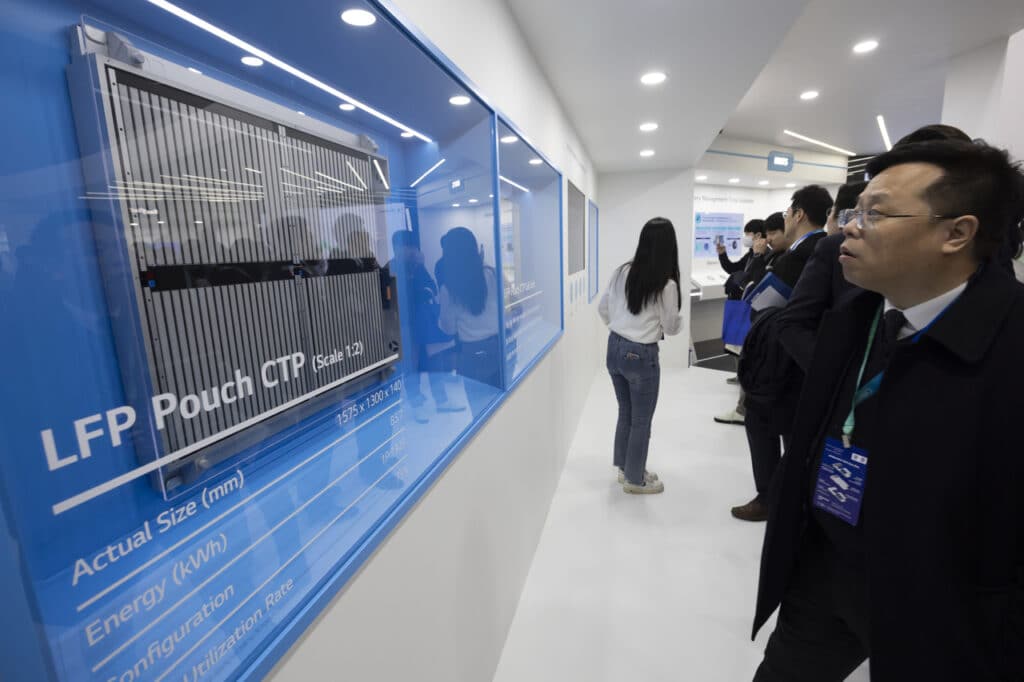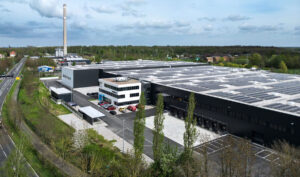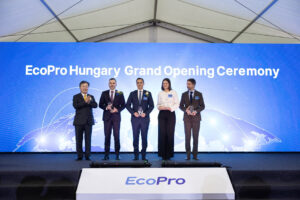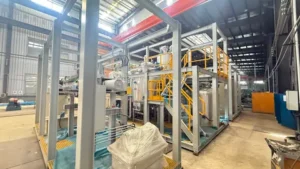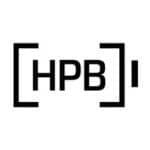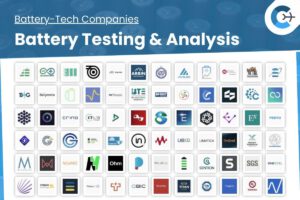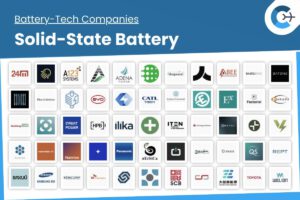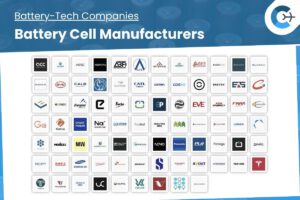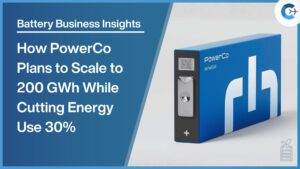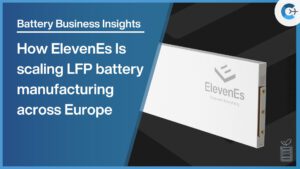Korean battery manufacturers LG Energy Solution and Samsung SDI are on the verge of launching cost-effective lithium iron phosphate (LFP) batteries, aiming to compete with China’s dominant market position. This initiative is part of their strategy to navigate a slowdown in electric vehicle (EV) demand and leverage favorable trade conditions in the US and EU.
Industry experts indicate that the success of Korean LFP batteries will depend on their ability to reduce production costs to compete directly with Chinese rivals, who have established substantial price advantages over the years. Innovations in manufacturing processes and product design are essential to bridging this price gap.
Both LG Energy Solution and Samsung SDI are nearing the final stages of developing their LFP technologies, with mass production expected in the coming years. An industry source revealed that prototype safety testing has already commenced, signaling that the projects are approaching completion. Last year, LG Energy Solution secured a five-year supply agreement with Renault Group for LFP pouch cells, sufficient to power approximately 590,000 electric vehicles. Meanwhile, Samsung SDI is in discussions to secure orders from multiple automakers.
“To improve capacity, Korean companies are likely to incorporate materials such as manganese into LFP chemistry, despite the added cost,” said another source who requested anonymity. “The key is to ensure the price doesn’t rise to the level of NCM batteries, which are 20–30 percent more expensive than LFP. Ideally, the price gap with Chinese products should remain under 10 percent.”
The source added that reducing material usage is a practical way to challenge Chinese dominance. “For instance, in the battery electrode process, which involves applying a thin layer of cathode slurry onto aluminum foil, Korean cells may require only 80 coatings compared to 100 for Chinese ones. From a Korean manufacturer’s perspective, this means lower material input but similar capacity output.”
LG Energy Solution’s upcoming “T2X LFP” cell, scheduled for launch by mid-2027, will feature doubled thickness of conventional LFP cells, effectively increasing energy density without substantially increasing production costs. This innovation could enable LG to halve manufacturing costs while keeping energy density comparable to Chinese products. Samsung SDI is developing its “LFP+” battery, which incorporates a small amount of manganese and a new electrolyte additive, as well as a hybrid blend that improves energy density by approximately 10 percent compared to traditional LFP batteries.
The entry of LG Energy Solution and Samsung SDI into the LFP market marks a significant diversification from their previous focus on higher-priced nickel, cobalt, and manganese batteries for mid- to high-end EVs. As the global EV market experiences a slowdown, offering budget-friendly models has become increasingly important. Chinese manufacturers have also enhanced the energy capacity of LFP batteries, which were once considered inferior to NCM cells.
According to market tracker SNE Research, the global LFP battery market, dominated by Chinese manufacturers, grew by 53 percent last year, while the NCM market expanded by only 12 percent.
Source: The Korea Herald

